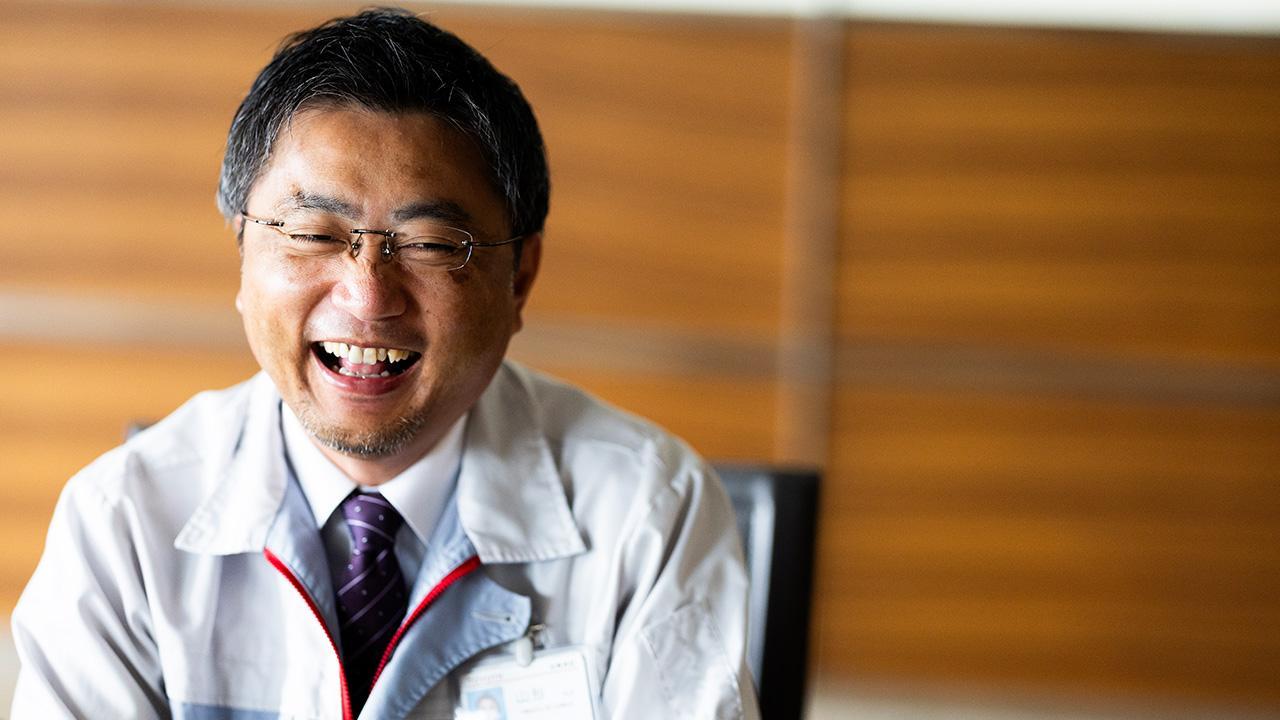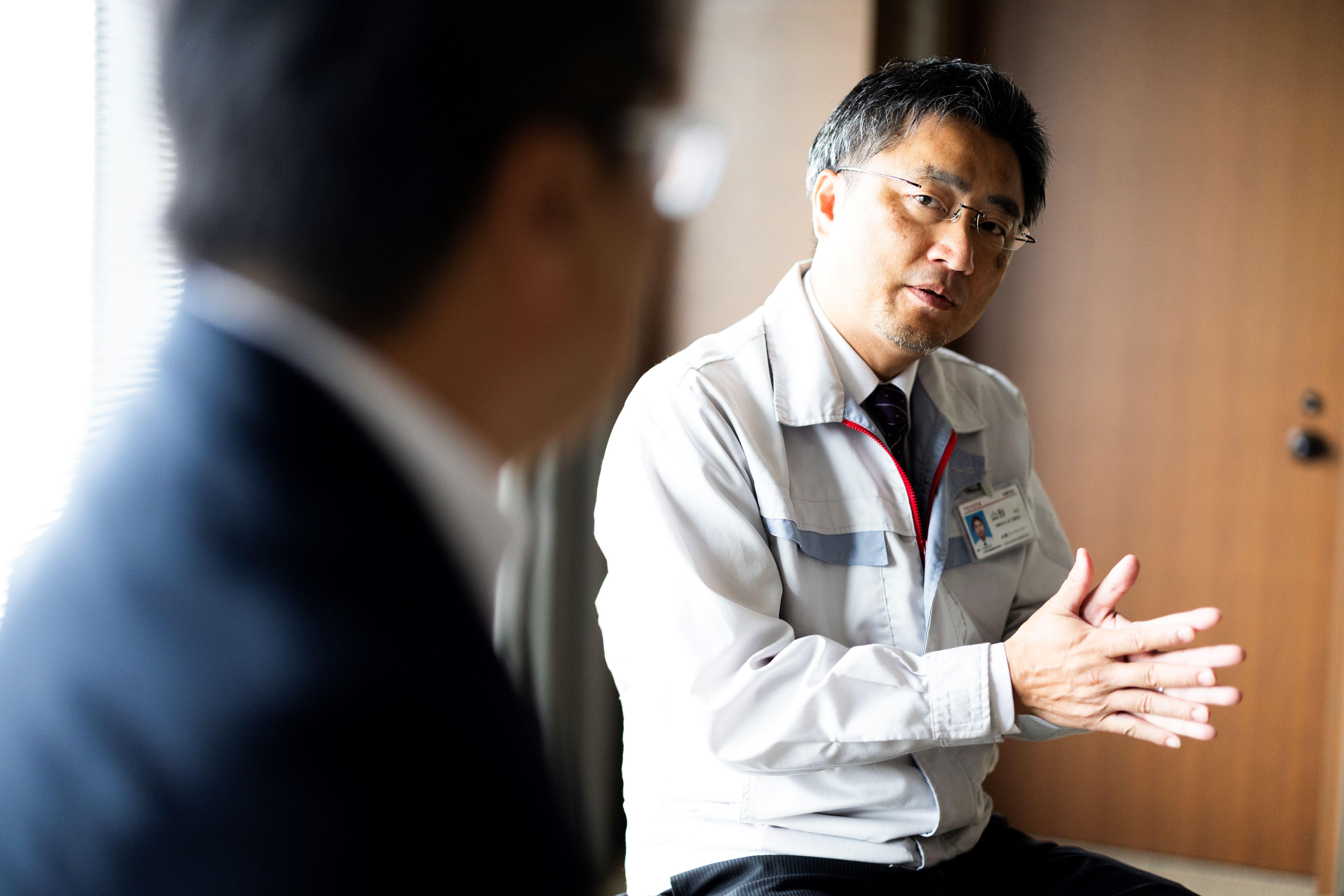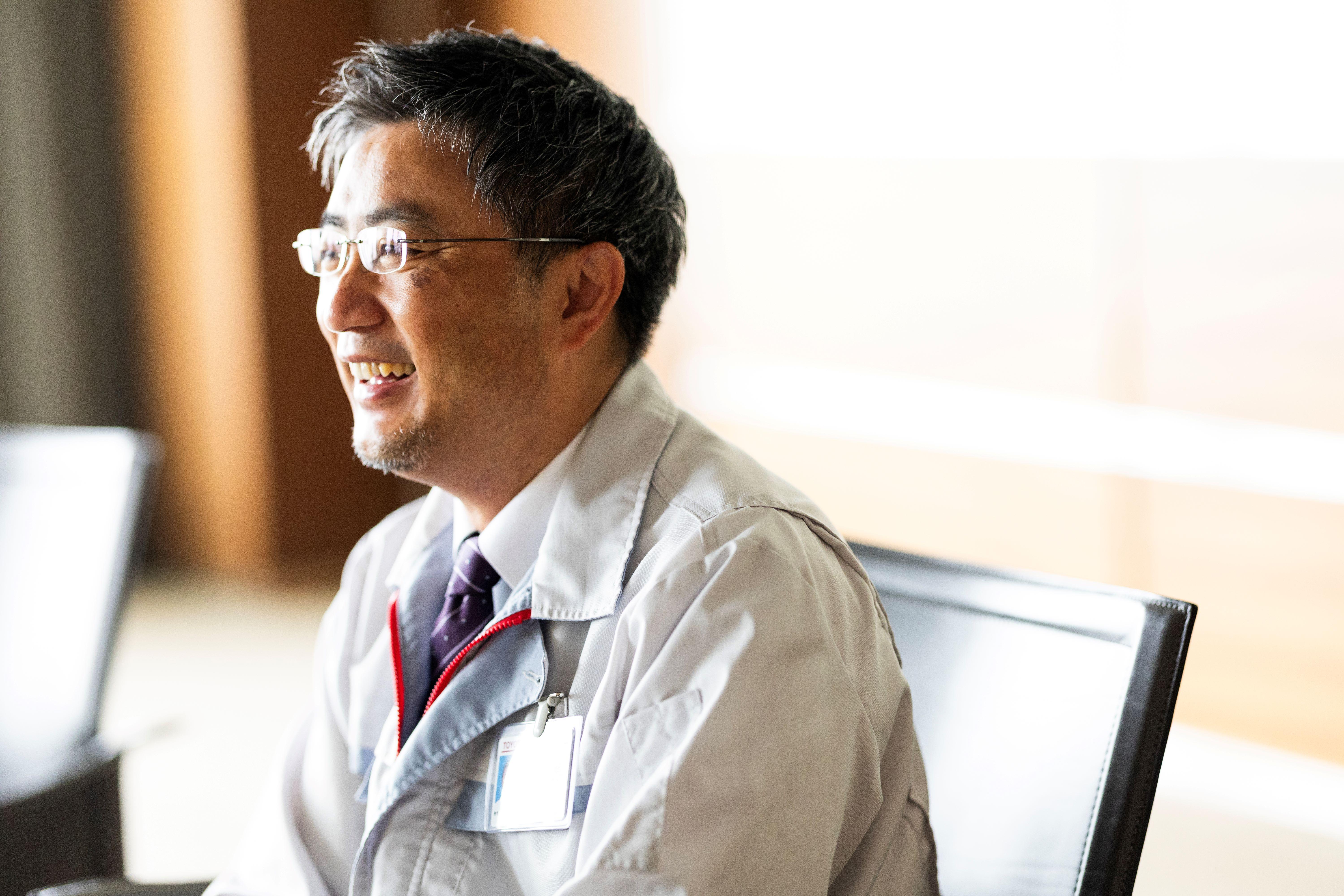
Automotive analyst Shinya Yamamoto has been going one-on-one with this year's trio of newly appointed presidents. In this final interview, Hydrogen Factory President Mitsumasa Yamagata delves into his life as a "Toyota man."
Focusing on the customer
With the financial crisis putting his project on hold, Yamagata moved from engine design to the “Z” product planning group. There, he was part of a team tasked with product planning for all Toyota vehicles.

The team I worked on did not make cars but instead handled overall planning: receiving requests from regions around the world and figuring out what kind of engines/transmissions we should make, when they should be released, and which cars to combine them with.
Until then, I had been leading a sheltered life in engine design, but all of a sudden, I was speaking to salespeople.
It sounds nice to say I learned a lot, but in fact, I was so out of my depth that I wondered if they were even speaking Japanese! (laughs)
Having concentrated solely on engines up to that point, Yamagata now had to broaden his perspective. This marked a major turning point in his career.
When developing engines, you only need to base decisions on cost and factors such as output and fuel economy, but now there was another key point: what did customers want? In the case of China, for example, people prefer smaller engines and bigger cars.
As someone with a background in engines, it was honestly like an identity crisis—Wouldn’t we rather have a 2.5L with more horsepower? Then again, marginal profit might be more important... but what is marginal profit anyway? In the process, however, I learned firsthand that you have to create products by focusing on the customer, not what suits you as the creator.
This is a prime example of the “user perspective” and “region-centered operations” that Akio Toyoda always emphasizes. Without understanding what customers want, manufacturing becomes a self-serving endeavor.
To see what’s really going on, you need to step outside the conference room and hear from customers and the genba.
An unexpected offer to lead a new organization
From there, Yamagata returned to the former Engine Design Division, now the Powertrain Company, where he became Executive Vice President and eventually President.
As is well known, Toyota takes a multi-pathway approach to its powertrain strategy, adapting resources according to regional circumstances around the world.
Yamagata was ready to do his best in leading a unit whose importance was sure to grow. Then, out of nowhere, he was picked as president of the Hydrogen Factory.
I couldn't believe it when I received the offer from President Sato and Vice President (Hiroki) Nakajima.
I felt there was still a lot to be done, so I asked them straight out, “You’re fine with me leaving this to work on hydrogen?” To which Mr. Nakajima replied, “We know the situation, and yes.” (laughs)
I couldn’t say no to that.
Seen from the outside, the fact that Toyota has put its top powertrain person in charge also sends the message that it is serious about hydrogen.
Until now, our efforts were mostly about advocacy.
The world has begun moving on hydrogen, and the entire landscape has changed. The market is starting to move as well. Unless we go with this momentum, Toyota will end up winning on technology but falling behind on the business side.
There’s no set path forward for the world, so if we don’t go for it now, we might have nothing to show for the past 30 years of research, which isn’t very good. Looking at it this way makes for a rewarding challenge.
Yamagata truly has an engineer’s ability to see the heart of a problem and swiftly shift his mindset.
“If there’s no right answer, we can do anything!”
So, how does it feel to be working with hydrogen?

In a word, it’s super interesting. There are no clear answers yet in the hydrogen business.
I’ve spent the past two months or so traveling around the world, and the truth is we’ve yet to find anyone managing to run a solid business with hydrogen. That’s why we’re figuring it out as we go. It’s really fascinating.
Having spent his career immersed in engines, Yamagata’s comments about the appeal of hydrogen hold weight.
In addition to hydrogen engines and FCEVs (fuel cell electric vehicles), hydrogen also factors into e-fuels, so I believe I can draw on the expertise I have cultivated.
At present, the debates are centered on whether hydrogen is better than e-fuels, or whether fuel cells are better than hydrogen engines, but the picture is changing by the day.
Looking at just one facet doesn’t give you the whole picture, so it’s important to look at everything. We need to consider social infrastructure.
What’s more, we’re not in a world where hydrogen units would sell like in the past...
This reality also gives me more opportunities to engage with people I have never spoken to, including government agencies and infrastructure firms. My outside connections are certainly more extensive than when I was working on engines.
At Toyota’s shareholder meeting, BEV Factory President Takero Kato professed his love for electric vehicles, but where does Yamagata stand with hydrogen?
I love it, of course. At first, I did find myself asking, “Why am I doing hydrogen?” But as I actually saw and heard about it, I was amazed at the possibilities and realized, “I need to do this!” Now I’m all in.
At the risk of sounding overblown, I believe that mastering hydrogen is something humankind absolutely must accomplish.
This may be an odd way of putting it, but if there is no right answer, then I feel like we can do anything!

